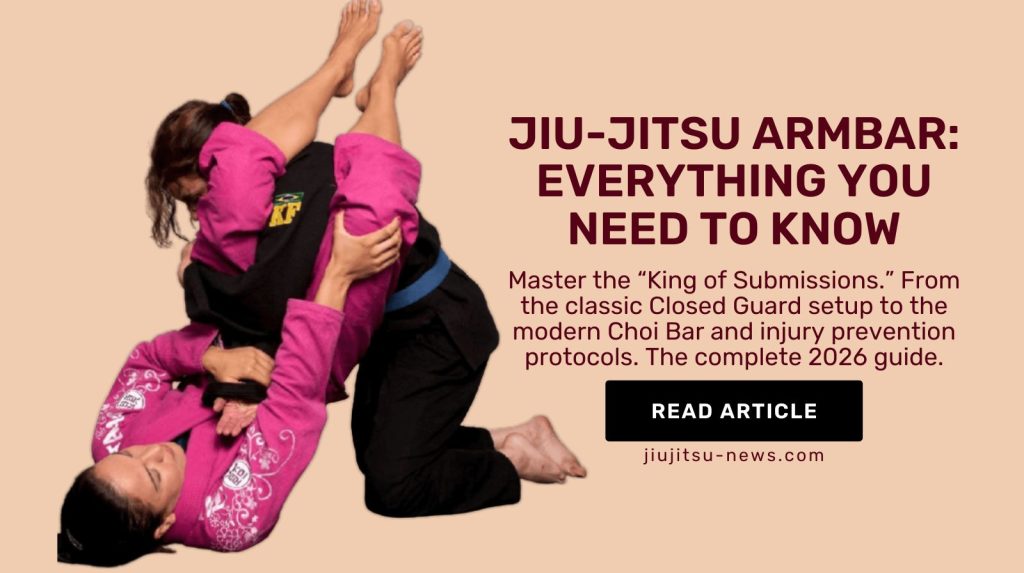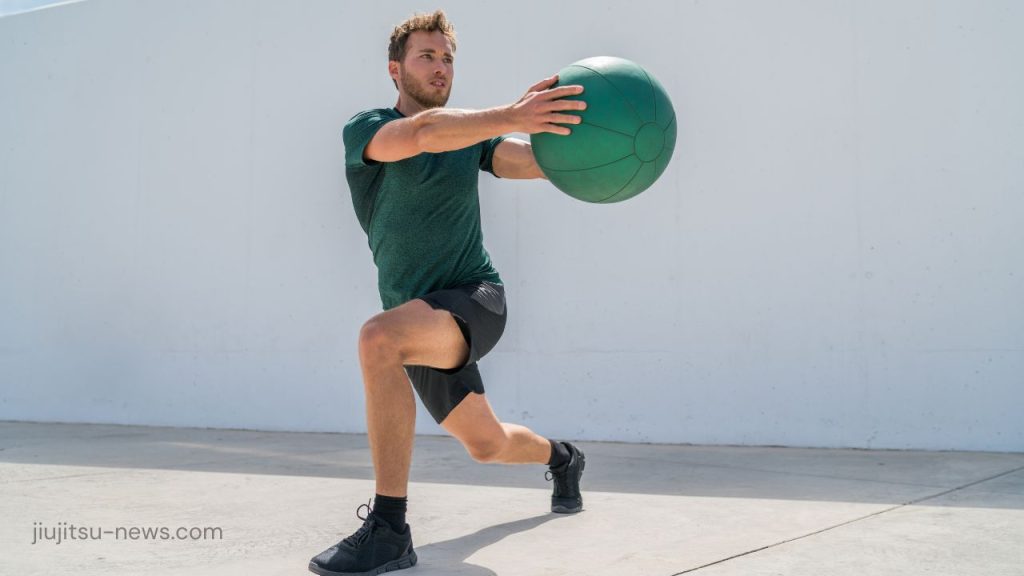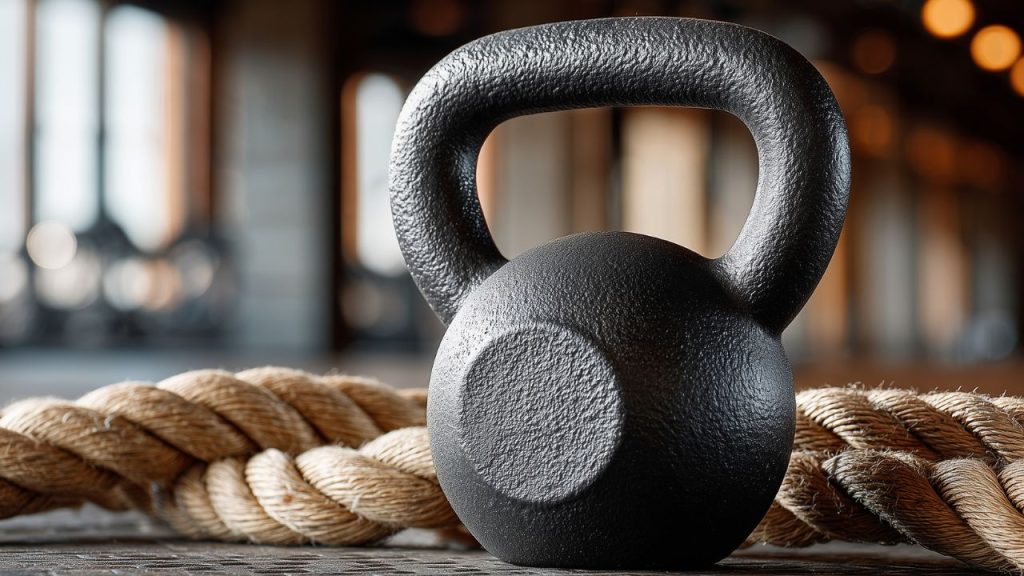Gi vs. No-Gi BJJ: The Complete Comparison Guide
Two sides of the same coin. Whether you prefer the “human chess” of the Gi or the high-speed scramble of No-Gi, understanding the differences is key to mastering the art of grappling.
Gi and No-Gi grappling are two distinct formats within the broader landscape of grappling arts. While they share the same DNA, the strategic landscape is vastly different.
The “Gi” is the traditional heavy cotton kimono. “No-Gi” is grappling in athletic gear (shorts and rashguards). It seems like a small aesthetic change, but removing the heavy fabric completely changes the physics of the fight.
1. The Clothing: Armor vs. Speed
The most obvious difference is what you wear, but the implication goes deeper than just fashion.
- The Gi (Kimono): Thick, heavy cotton. It absorbs sweat but creates massive amounts of friction. You can be grabbed by your sleeves, lapels, and pants. It turns your own clothes into a weapon against you.
- No-Gi (Rashguard): Slippery, tight synthetic fabric. Once the sweat starts, friction disappears. You cannot grab the clothing; you must grab the human inside it.
2. Gripping Strategies: Handles vs. Hooks
This is where the game splits. In the Gi, you have “handles” everywhere.
In the Gi: You can control an opponent’s entire body just by gripping their sleeve or collar. This allows for a slower, more methodical “control” game. You can stall an athletic opponent simply by holding onto their jacket.
In No-Gi: You have no handles. If you try to grab a sweaty wrist, you will slip. You must use mechanics instead of friction. You use “hooks” (underhooks, overhooks, collar ties) and “clamps” to control the body. If you lose your connection, the opponent explodes away.
3. The Pace: Friction vs. Scramble
Because of the friction, Gi Jiu-Jitsu is often compared to Chess. It can be slow, methodical, and static. You can stop a match in its tracks with a tight grip.
No-Gi is more like Checkers—played at 100mph. Without friction or handles to slow people down, the match becomes a series of “scrambles.” If you make a mistake, you can often use athleticism and sweat to slip out of a submission. This makes No-Gi generally faster and more physically demanding on your cardio.
4. The Leg Lock Meta
If you watch modern competition (ADCC, IBJJF), you will notice a huge divergence in submissions.
No-Gi is the kingdom of Leg Locks. Because it is hard to control the upper body (too slippery), No-Gi players often attack the legs. The “Heel Hook” is a devastating submission that twists the knee, and it is the primary weapon of high-level No-Gi players.
In the Gi, many leg locks (like heel hooks) are banned in most divisions, and the friction of the pants makes it harder to slip into these entanglements quickly. Gi players tend to focus more on chokes (Loop chokes, Bow & Arrow) using the fabric.
5. Wrestling vs. Judo
The standing game is also completely different.
| Style | Dominant Takedown Style | Why? |
|---|---|---|
| Gi BJJ | Judo | The upright stance and collar grips favor Judo throws and trips. |
| No-Gi BJJ | Wrestling | Without collars, players crouch low to protect their legs, favoring Wrestling shots. |
Pro Tip: Cross-Training is Key
Don’t pick just one. Training in the Gi gives you amazing defense (because escaping is harder). Training No-Gi gives you amazing offense and scramble ability. The best grapplers in the world do both.
Conclusion: Which Should You Train?
If you care about self-defense (where people wear clothes) or love complex problem solving, start with the Gi.
If you love wrestling, speed, leg locks, or want to transition to MMA, No-Gi is essential.
Ultimately, it’s all Jiu-Jitsu. The best advice? Pack your bag for whatever class is happening today and just get on the mats.






